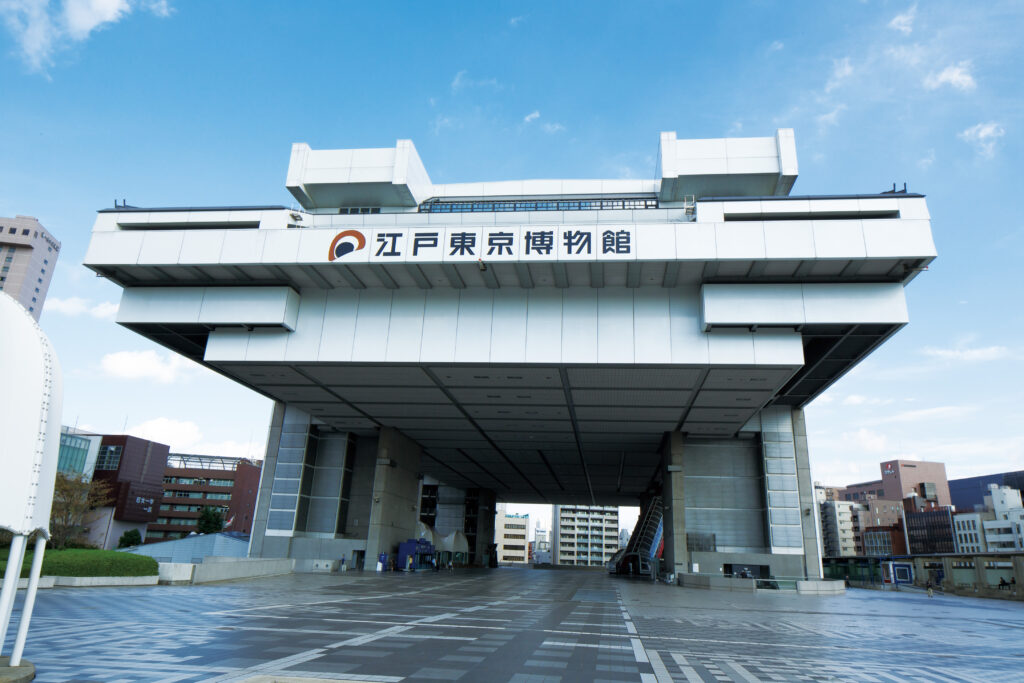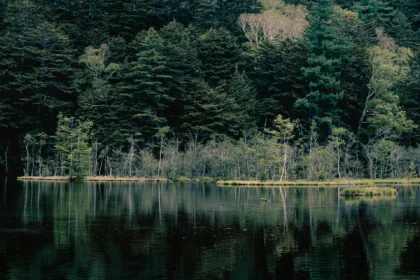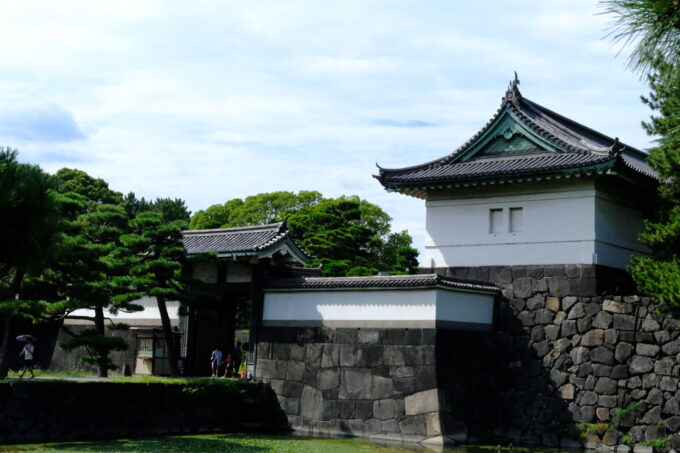
Located in the Sumida district of Tokyo, the Edo-Tokyo Museum is an imposing structure that is impossible to miss. The museum opened in 1993 and since that time has become popular with international visitors seeking to explore the history of the capital, once called Edo.
During the Edo Period (1603-1868), the ruling Tokugawa shogunate established Edo (now called Tokyo) as the capital and enforced self-isolation on Japan. Largely cut-off from the rest of the world, Japan flourished culturally and enjoyed a long period of relative peace. Traditional culture was therefore untouched by outside influence for over 250 years, preserving practices for much longer.
The Edo-Tokyo Museum provides an entertaining and interactive experience, in which visitors can learn about life in the capital through that period up to relatively recent times. The museum includes a permanent exhibition ranging from reconstructed buildings, models, replicas and artefacts with five to six special exhibitions held throughout the year. Unlike many museums in Japan, the facility caters well to international visitors with English information and foreign language guides available.
One of the Museum’s most popular exhibits is a large scale replica of Nihonbashi which was the most famous bridge in Edo. In fact, you can still see remnants of the bridge today which we visit during the tour mentioned below. The Museum also has a life sized replica of a Kabuki Theatre which is a lot of fun to see and engage with!
If you’re interested in learning more about what life was like during the Edo period, and want to visit a similar museum whilst the Edo-Tokyo Museum is closed, we highly recommend the Edo Fukagawa Museum located in Kiyosumi. We offer a tour which includes this wonderful and interactive museum, so if you’re interested then click on the tour card below to find out more!
Ultimate Tokyo Tour : Imperial Palace, Sake, Robots, Japanese Gardens and Edo Museum
- Spots:
- Pick-up:
- Drop-off:















